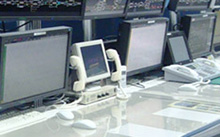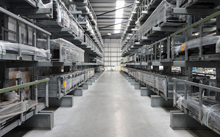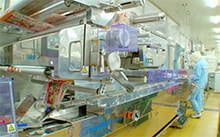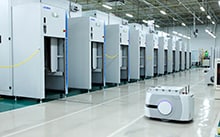Fussy crops, weather extremes, market pressures, supply chain disruption, not enough hands or hours in the day — farmers face such challenges in even the best growing seasons. And failure to handle them puts America’s trillion-dollar agricultural industry at risk1. But a new solution for irrigation management promises to help growers achieve higher yields despite unpredictable weather, labor shortages and increasing competition.
Hitachi and agronomy consultant Ag Automation believe that with the right data — and the right technology to manage and visualize that data — any system can be made more predictable. The two companies have partnered to develop a solution that delivers a greater level of predictability in water use for growers. The system offers farmers a comprehensive solution for optimizing their irrigation practices. By automating the collection of soil moisture data and enabling remote monitoring and control of irrigation systems, farmers can easily manage their crops and improve their yield. In addition, the system can also integrate other relevant data and control functions into a single, easy-to-use management platform.
Bo Isham and Matt Foster, co-founders of Ag Automation, partnered with Hitachi to help the growers they serve in Idaho and eastern Oregon manage scarce water resources in this arid region. The solution developed by the partnership leverages multiple Hitachi technologies, allowing growers to make better use of those resources while at the same time becoming more profitable and using less labor. The two companies expect to expand on this project to leverage ongoing innovations in agricultural automation, ultimately bringing data from all inputs onto one platform from which a grower can run their whole farm — from seed in the ground to produce on the table.
The Hitachi and Ag Automation partnership came about in an effort to address farmers’ most daunting challenges, including:
The team architected a solution built around Hitachi’s supply chain control tower (SCCT), beginning with areas that would deliver the most immediate efficiency gains, such as monitoring soil moisture, combining that data with weather data to determine irrigation requirements, and automatically controlling irrigation systems for watering targets, frequency and duration.
The solution integrates multiple Hitachi agriculture automation technologies, including:
“Hitachi’s supply chain control tower allows us to bring information such as weather data into the data that has already been gathered from moisture sensors,” says Rob Pauley, national sales manager of AC drives for Hitachi Industrial Equipment & Solutions America, LLC. “This creates a single-pane view for the farmer, enabling them to make the most relevant decision based on complete and current data.”

Many of Ag Automation’s clients run their farming operations in the Treasure Valley area of Idaho. “Our primary focus is on improving water use for hops and onions,” Isham says. “Particularly for onions, you want a uniform size coming out of the field because that's how they're marketed. Harvest and processing are much more efficient if we can keep our sizing relatively close.”
Soil moisture directly affects the size, uniformity and quality of crops. But with weather and geographic variables in play, it’s also one of the most challenging factors to control. Hitachi and Ag Automation are making it possible for farmers to precisely — and remotely — monitor moisture levels and irrigation requirements, which can vary significantly across fields and even within a single field. By using transponders to monitor moisture and Hitachi VFDs to regulate irrigation flow, growers can more easily detect and respond to events such as too much or too little pressure, pipe breaks and other issues.
The system also helps reduce energy usage and labor costs, as well as the mileage put on farm vehicles. “Before automation, we drove roughly 400 miles a day to check on fields, pumps, equipment, soil moisture and probes in the field,” Foster says. “Now we can check everything from the mobile app and spend our time where it needs to be rather than wasting it driving around.”
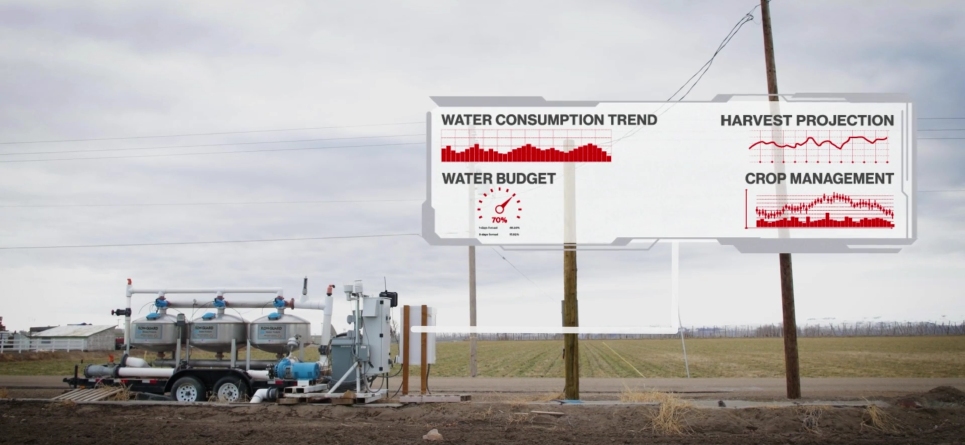
Isham says that agricultural producers in a largely desert state like Idaho must manage against strict water budgets, noting, “We’re allotted only so much water use per field. By using the SCCT, we can measure against that. We’re hoping to see reduced water usage, more uniform watering, better crop uniformity and better disease control. With this system, we can reduce overuse and protect that resource for the rest of the valley.”
Before automation, Isham’s team routinely spent hours going through maps and data points to develop weekly plans. Now, all that mapping and sensor data is consolidated in one place, helping reduce labor in both planning and ongoing monitoring activities. “Today, we can look at things on the fly without needing to put workers in the fields to watch pumping stations or having to go back to the office to make decisions,” he says.
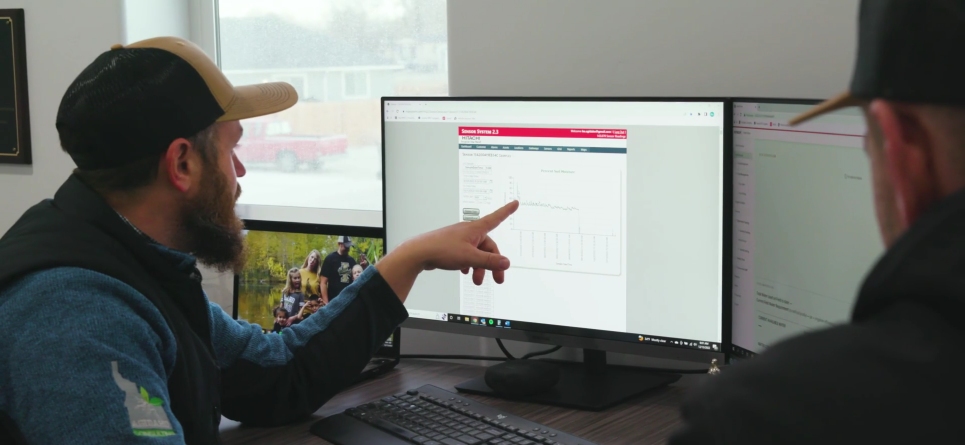
With the world facing a scarcity of food, governments are asking farmers to do more with less, and the only way for farmers to meet this demand is with technology. Game-changers like the Hitachi and Ag Automation solution can become templates for other growers across the planet. By fusing the latest technology with one of the oldest human endeavors, such innovations can help solve one of society’s most urgent problems.
“Hitachi’s partnership with Ag Automation helps address society's concerns by providing more sustainable produce to the food supply system,” Pauley says. “In addition to conserving energy and reducing carbon emissions, the solution helps growers provide a better product. Because everything is managed from a single point, the farmer can focus on better results, sustainability and traceability of the product from the field to the consumer.”
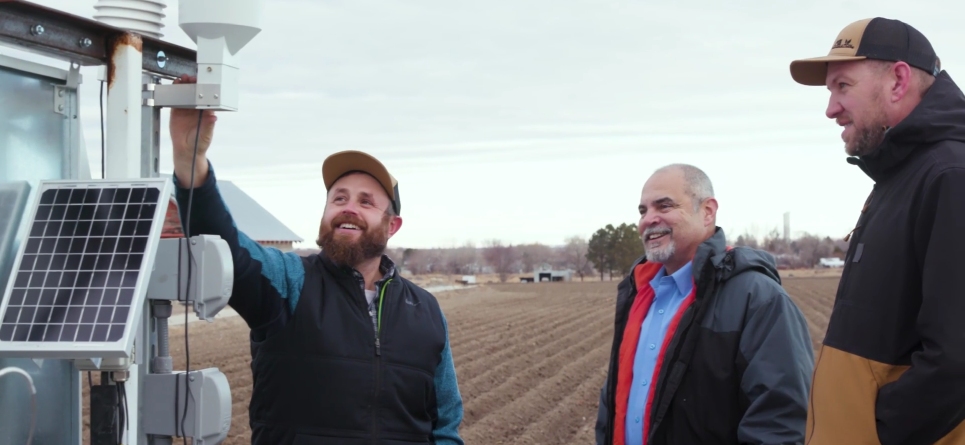
Farmers today must be bankers, botanists, managers, mechanics and environmentalists. Hitachi understands what they need to meet their goals and is committed to improving sustainability, food productivity and the well-being of consumers. Together, Hitachi and Ag Automation are using digital technologies to reduce complexity so producers can optimize resource use and make better business decisions.
To learn more about Hitachi’s mission to increase sustainability, improve farm efficiency and increase food production, see another agriculture partnership in action.
1US Department of Agriculture Economic Research Service, “Ag and Food Sectors and the Economy,” accessed January 27, 2023, http://www.ers.usda.gov/data-products/ag-and-food-statistics-charting-the-essentials/ag-and-food-sectors-and-the-economy.aspx
